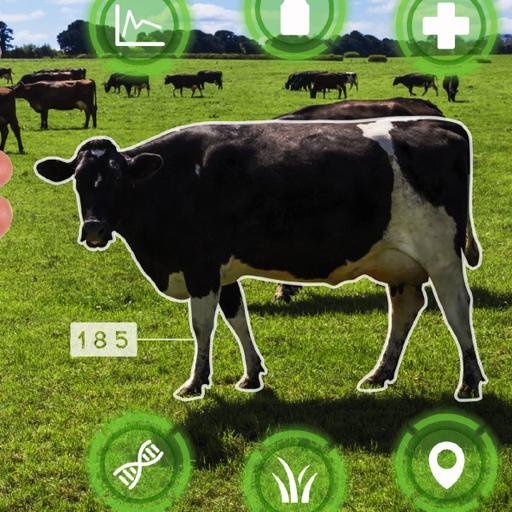Livestock Management
Presentations | English
During the history of animal husbandry, many secondary products have arisen in an attempt to increase carcass utilisation and reduce waste. For example, animal offal and non-edible parts may be transformed into products such as pet food and fertilizer. In the past, such waste products were sometimes also fed to livestock as well. However, intra-species recycling poses a disease risk; threatening animal and even human health (see bovine spongiform encephalopathy (BSE) and prion). Due primarily to BSE (mad cow disease), feeding animal scraps to animals has been banned in many countries, at least in regards to ruminants and pigs. Modern farming techniques seek to minimize human involvement, increase yield, and improve animal health. Economics, quality and consumer safety all play a role in how animals are raised. Drug use and feed supplements (or even feed type) may be regulated, or prohibited, to ensure yield is not increased at the expense of consumer health, safety or animal welfare.

37.50
Lumens
PPTX (75 Slides)
Livestock Management
Presentations | English
